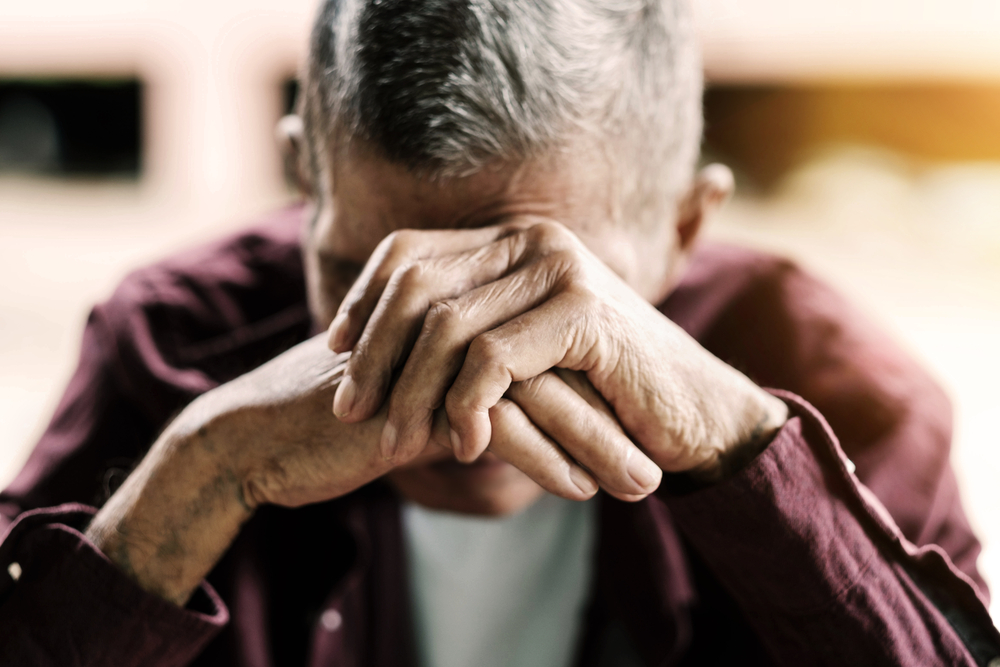Rideshare options have become popular, but what happens if you find yourself involved in a Lyft or Uber accident? Herbert & Eberstein offers some advice.
Rideshare platforms, like Uber and Lyft, have become incredibly popular in recent years. Uber, which was founded in 2009, now makes 15 million trips every day in over 600 cities worldwide. With so many people taking advantage of the benefits of rideshare platforms, it’s important to understand what happens if you’re unfortunately involved in a Lyft or Uber accident. If you are injured in a Lyft or Uber accident, you may be entitled to damages and should discuss your case with an experienced personal injury lawyer like attorney Zach Herbert at Herbert & Eberstein.
Accidents and Rideshare Liability
When considering the big picture, the popularity of rideshare platforms is only about a decade or so old, which means that there are still some grey areas considering legislation and insurance regulations for rideshare contractors. This naturally opens the discussion about how to handle accidents and rideshare liability.
Most rideshare companies require their drivers to obtain and provide proof of a special rideshare insurance policy. Uber and Lyft provide a certain degree of coverage, but the amount and type of coverage are contingent upon specific details. A rideshare driver who hasn’t acquired an additional insurance policy may not be fully covered in the event of an accident.
This brings up the question of liability in regard to personal injury for passengers who are involved in an Uber or Lyft accident. This is where things can start to get tricky.
How to Respond in an Uber or Lyft Accident
When you use a rideshare program, you’re putting your trust completely in the driver. These services do their best to ensure that their drivers are safe, but this doesn’t eliminate the risks for passengers. Even when a rideshare driver takes every precaution for safety, there’s still a risk presented by other drivers on the road. While these services are generally safe, it’s important to be prepared and to know how to respond in an Uber or Lyft accident.
Anytime that you’re involved in a car accident, the first priority should always be to seek emergency assistance – no matter how minor the accident may seem. Police need to be notified so that an accident report can be filed, but more important than that is that emergency medical responders arrive to assess the health of everyone involved.
It’s important to get a medical examination following an accident, even if you don’t feel that you’ve sustained any injuries. It often happens that injuries can take a day or two to manifest physical symptoms, and turning down a medical examination can work against you in a personal injury case.
If you are physically able to do so, you should gather as much information about the accident that you can at the scene. This process might include taking a few snapshots of the scene with your phone, getting the contact and insurance information of the driver and asking where you can obtain an official copy of the accident report.
Additionally, while the driver has a responsibility to contact the service that they work for and report the accident, you should also make contact with the service as soon as you are able to. Doing so provides them with your own account of the accident and to have their representative answer your questions.
The Final Step Is to Contact a Dallas Personal Injury Attorney
While you should make contact with the rideshare company, it’s important to speak to a Dallas Personal Injury Attorney to discuss how to handle your Lyft or Uber accident. You want to use caution in answering any questions relating to your injuries or medical care with the rideshare provider and you should never accept or deny a claim without the assistance of an experienced attorney. If you are entitled to damages in a rideshare accident, a personal injury attorney can help ensure the very best outcome for your case. Call the attorneys at Herbert & Eberstein in Dallas today to discuss your case.
Media Contact:
Attorney Zach Herbert
Phone: 214-414-3808
Sources



